G Vijayaraghavan, Mark Brown, Malcolm Barnes CPEng BSc(ElecEng) MSEE0750663995, 9780750663991, 9781417552641
Table of contents :
Cover……Page 1
Half Title Page……Page 2
Other titles in the series……Page 3
Title Page……Page 4
Copyright……Page 5
Contents……Page 6
Preface……Page 10
1.1 Introduction……Page 12
1.2 Basics of grounding……Page 13
1.4 Lightning and its effect on electrical systems……Page 15
1.5 Static charges and the need for bonding……Page 16
1.6 Ground electrodes and factors affecting their efficacy……Page 17
1.7 Noise in signaling circuits and protective measures such as shielding……Page 19
1.8 Surge protection of electronic equipment……Page 20
1.9 UPS systems and their role in power quality improvement……Page 21
1.12 Summary……Page 22
2.1 Introduction……Page 24
2.2 Ungrounded systems……Page 26
2.3 Solidly grounded systems……Page 27
2.5 Resonant grounding using neutral reactor……Page 29
2.6 Impedance grounding through neutral resistance……Page 30
2.7 Point of grounding……Page 31
2.8 Other challenges……Page 32
2.9 Summary……Page 34
3.2 Shock hazard……Page 35
3.3 Grounding of equipment……Page 38
3.4 Operation of protective devices……Page 39
3.5 Thermal capability……Page 40
3.7 Induced voltage problem……Page 41
3.9 Mitigation by reduction of conductor spacing……Page 42
3.11 Metal enclosures for grounding conductors……Page 43
3.13 Sensing of ground faults……Page 45
3.14 Equipotential bonding……Page 46
3.15 Summary……Page 48
4.1 Introduction……Page 49
4.2 Incidence of lightning……Page 52
4.3 Probability of lightning strike……Page 56
4.4 Method of lightning protection……Page 58
4.5 Planning for lightning protection……Page 61
4.6 Improvements to lightning protection……Page 62
4.7 Factors governing decision whether or not to protect……Page 63
4.8 Effect of lightning strike on electrical lines……Page 64
4.9 Summary……Page 65
5.2 What is static electricity?……Page 66
5.4 Some common examples of static buildup……Page 67
5.5 Energy of spark and its ignition capability……Page 68
5.7 Control of static electricity……Page 69
5.9 Summary……Page 72
6.2 Grounding electrodes……Page 73
6.3 Soil resistance……Page 74
6.4 Measurement of soil resistivity……Page 75
6.5 Resistance of a single rod electrode……Page 79
6.6 Current-carrying capacity of an electrode……Page 81
6.8 Measurement of ground resistance of an electrode……Page 82
6.9 Concrete-encased electrodes……Page 84
6.10 Corrosion problems in electrical grounding systems……Page 86
6.12 Chemical electrodes……Page 87
6.13 Summary……Page 89
7.2 What is a surge?……Page 90
7.3 Bonding of different ground systems as a means of surge proofing……Page 91
7.4 Surges and surge protection……Page 93
7.5 Principle of surge protection……Page 96
7.6 Surge protection of electronic equipment……Page 97
7.7 Achieving graded surge protection……Page 99
7.8 Positioning and selection of lightning/surge arrestor……Page 100
7.9 A practical view of surge protection for sensitive equipment……Page 103
7.10 Summary……Page 112
8.2 Definition of electrical noise and measures for noise reduction……Page 113
8.3 How are sensitive circuits affected by noise?……Page 116
8.4 Frequency analysis of noise……Page 117
8.5 Categories of noise……Page 120
8.6 Disturbances from other equipment in the same distribution system……Page 121
8.7 Earth loop as a cause of noise……Page 122
8.8 The ways in which noise can enter a signal cable and its control……Page 124
8.9 More about shielding……Page 128
8.10 Shielded isolation transformer……Page 132
8.11 Avoidance of earth loop……Page 134
8.12 Use of insulated ground (IG) receptacle……Page 136
8.13 Zero signal reference grid and signal transport ground plane……Page 137
8.14 Harmonics in electrical systems……Page 139
8.15 Summary……Page 142
9.2 Power quality issues……Page 143
9.3 Definitions of abnormal voltage conditions……Page 145
9.5 Regulating transformer……Page 148
9.6 Standby sources……Page 149
9.7 Electromechanical UPS systems……Page 153
9.8 Solid-state UPS systems……Page 155
9.9 Multiple units for redundancy……Page 157
9.10 Considerations in selection of UPS systems for ADP facilities……Page 158
9.12 UPS configurations and recommended grounding practices……Page 160
9.13 Summary……Page 164
10.2 Case study 1……Page 165
10.3 Case study 2……Page 166
10.4 Case study 3……Page 169
10.5 Case study 4……Page 170
10.7 Case study 6……Page 171
10.9 Case study 8……Page 173
A.1 USA – National Electrical Code (NEC) regulations relating to grounding practices……Page 176
A.2 South Africa – grounding practices as per SABS standards……Page 177
A.3 Ground electrode recommendations by different national codes……Page 182
A.4 Measurement of ground electrode resistance – recommended practice by South African standard SCSASAAL9……Page 186
B.1 Common neutral grounding practices in low-voltage consumer installations as per UK Code BS: 7671: 2000 (IEE wiring regulations)……Page 193
B.2 More on TN-C-S systems……Page 197
B.3 Installations where use of TN-C-S system is prohibited……Page 198
Appendix C: IEEE exposure classifications……Page 202
D.3 Alphabetical listing of terms used in this recommended practice……Page 204
D.4 Words avoided because of no single technical definition……Page 209
D.5 Abbreviations and acronyms……Page 210
D.6 References……Page 211
E.2 Ensuring proper grounding……Page 212
Problem 2……Page 218
Problem 7……Page 219
Problem 10……Page 220
Problem 1……Page 221
Problem 3……Page 223
Problem 4……Page 224
Problem 5……Page 225
Problem 7……Page 226
Problem 8……Page 227
Problem 10……Page 230
Case study 1……Page 232
Case study 2……Page 234
Case study 3……Page 235
Case study 4……Page 236
Case study 5……Page 238
Case study 6……Page 239
Case study 7……Page 241
Case study 8……Page 242
Index……Page 244
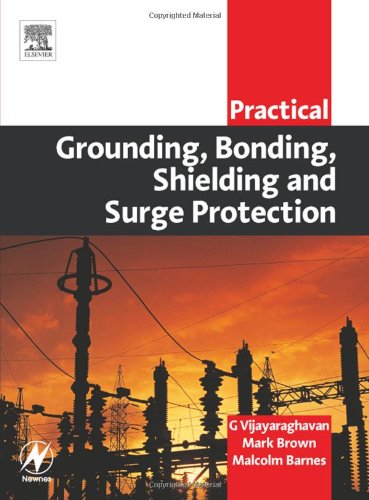
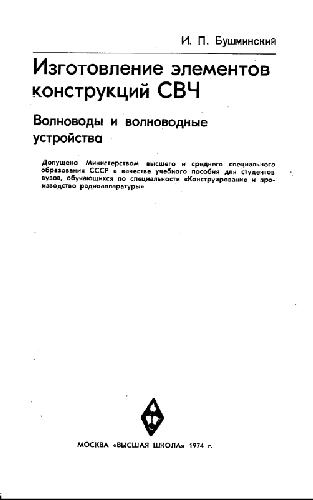

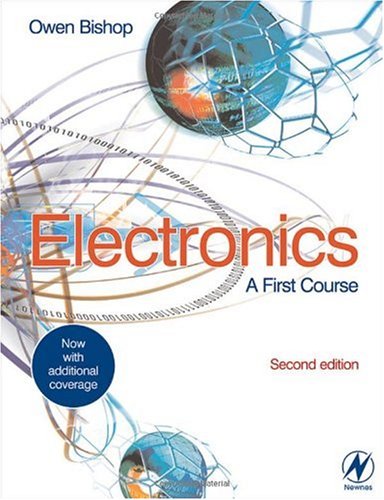

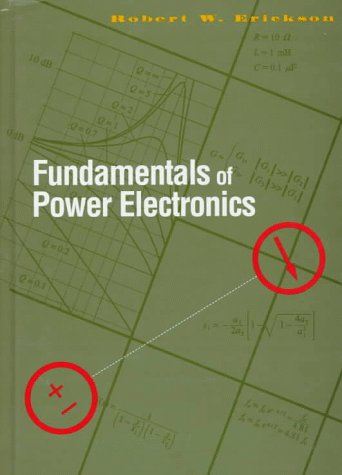
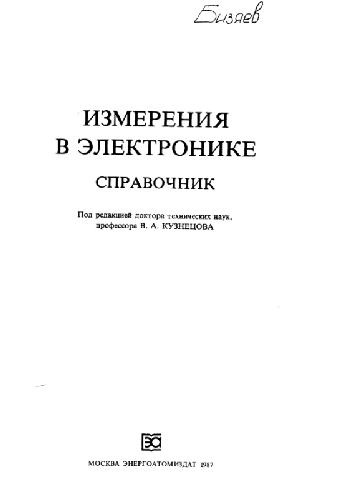
Reviews
There are no reviews yet.